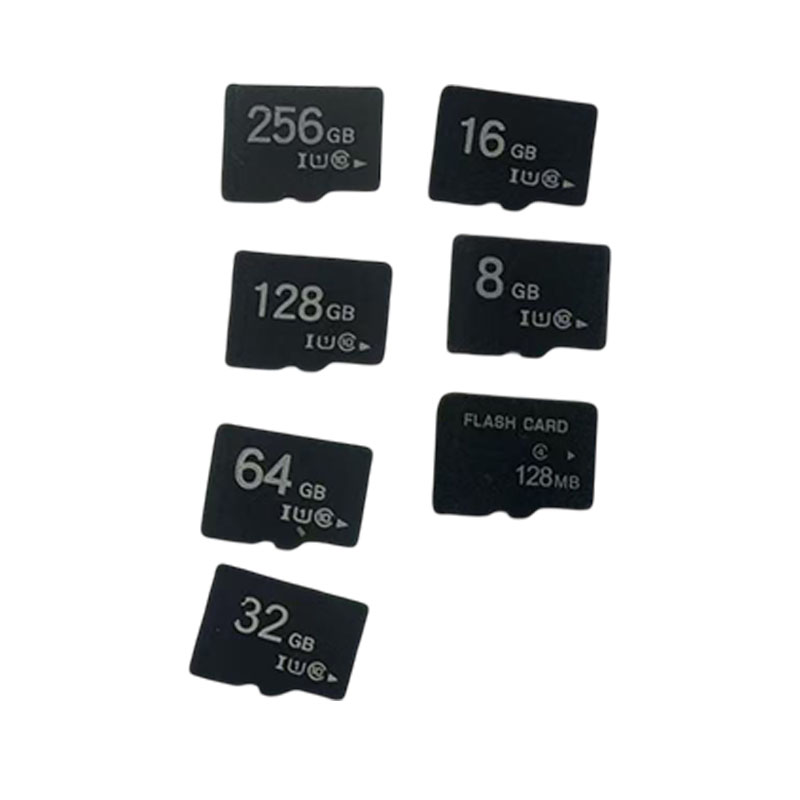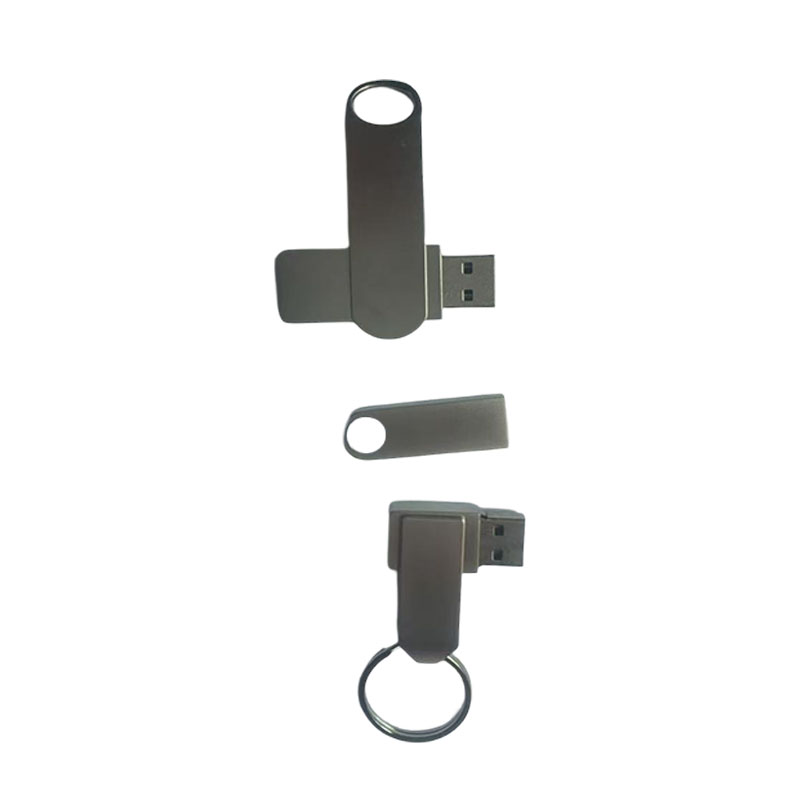How can we achieve an efficient balance between data read and write speeds for a USB flash drive?
Release Time : 2025-11-06
As a storage device compatible with both Type-A and Type-C interfaces, the balance of data read and write speeds for a USB flash drive requires comprehensive adjustments from multiple dimensions, including hardware architecture, file system optimization, system configuration, and usage habits. This design must satisfy the compatibility of traditional devices while adapting to the transmission requirements of newer devices, thus necessitating the use of technical means to achieve the optimal performance solution for both interface modes.
Hardware interface compatibility is a core factor affecting transmission efficiency. The USB flash drive needs to automatically switch transmission protocols based on the interface type of the connected device. For example, when connected to a Type-C interface, it activates the USB 3.2 Gen 2 protocol for high-speed transmission, while when connected to a Type-A interface, it downgrades to the USB 3.0 or USB 2.0 protocol. This dynamic protocol adaptation mechanism avoids performance degradation due to interface incompatibility, but relies on the intelligent recognition capabilities of the flash drive's controller chip. Some high-end models further shorten the protocol switching response time through built-in dual-protocol controllers, thereby improving transmission stability in multi-device scenarios.
The choice of file system directly affects data read and write efficiency. Traditional FAT32 format, due to its single-file size limitations and fragmentation issues, tends to slow down large file transfers. Formatting a USB drive to NTFS or exFAT can support single files exceeding 4GB, while optimizing data block allocation through 4K alignment technology, reducing disk seek time. For example, NTFS uses a journaling file system, which, although adding a slight write burden, significantly improves the continuity of large file transfers, making it particularly suitable for storing high-volume data such as videos and design documents. Users can choose the file system based on their target device system; NTFS is preferred in Windows environments, while exFAT is recommended for cross-platform scenarios. Optimizing system configuration can further unleash the performance potential of the USB drive. In Windows systems, enabling the "Better Performance" mode for the USB drive through Device Manager activates write caching, improving continuous write speeds. However, it's important to note that the connection must be disconnected using the safe eject hardware function in this mode; otherwise, data loss may occur due to incomplete cache writing. Furthermore, disabling real-time scanning in antivirus software can reduce system resource consumption during transfers, especially useful for large-file batch transfers. Some users modify USB port parameters in the registry to force USB 3.0 to use its high-speed mode, but this should be done with caution to avoid system instability.
Adjusting data transfer methods can indirectly improve overall efficiency. For a large number of scattered files, it is recommended to compress them into a single archive file before transfer to reduce the overhead of the file system processing small files. Also, avoid frequent deletion and rewriting operations on the USB drive, as these operations accelerate storage unit wear and tear, leading to performance degradation. Regularly using disk checking tools to repair bad sectors can maintain the long-term stability of the USB drive, especially suitable for scenarios with long-term high load use.
Hardware quality and maintenance habits are equally important. Choose USB drives using MLC or TLC flash memory chips, as their write lifespan and speed are superior to QLC chip products. In daily use, avoid frequent plugging and unplugging of the USB drive to reduce wear on the interface contacts and electrostatic interference. When not in use, store the USB drive in a dry environment to prevent poor contact caused by oxidation of the metal interface. Some brands optimize the main control algorithm through firmware upgrades; users can check for updates regularly for performance improvements. From a development perspective, USB flash drives are evolving towards greater compatibility and intelligence. Future products may integrate AI algorithms to automatically adjust transmission strategies based on file type and device status, such as prioritizing bandwidth allocation for video files or enabling a fast mode for small file transfers.
This technological iteration will further blur the limitations of interface type on transmission speed, providing users with a seamless cross-device experience.







